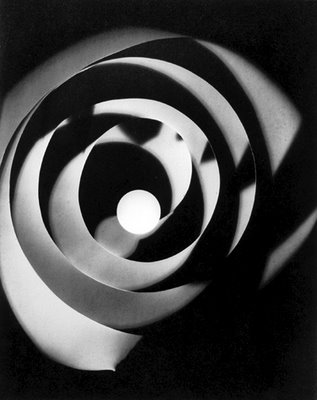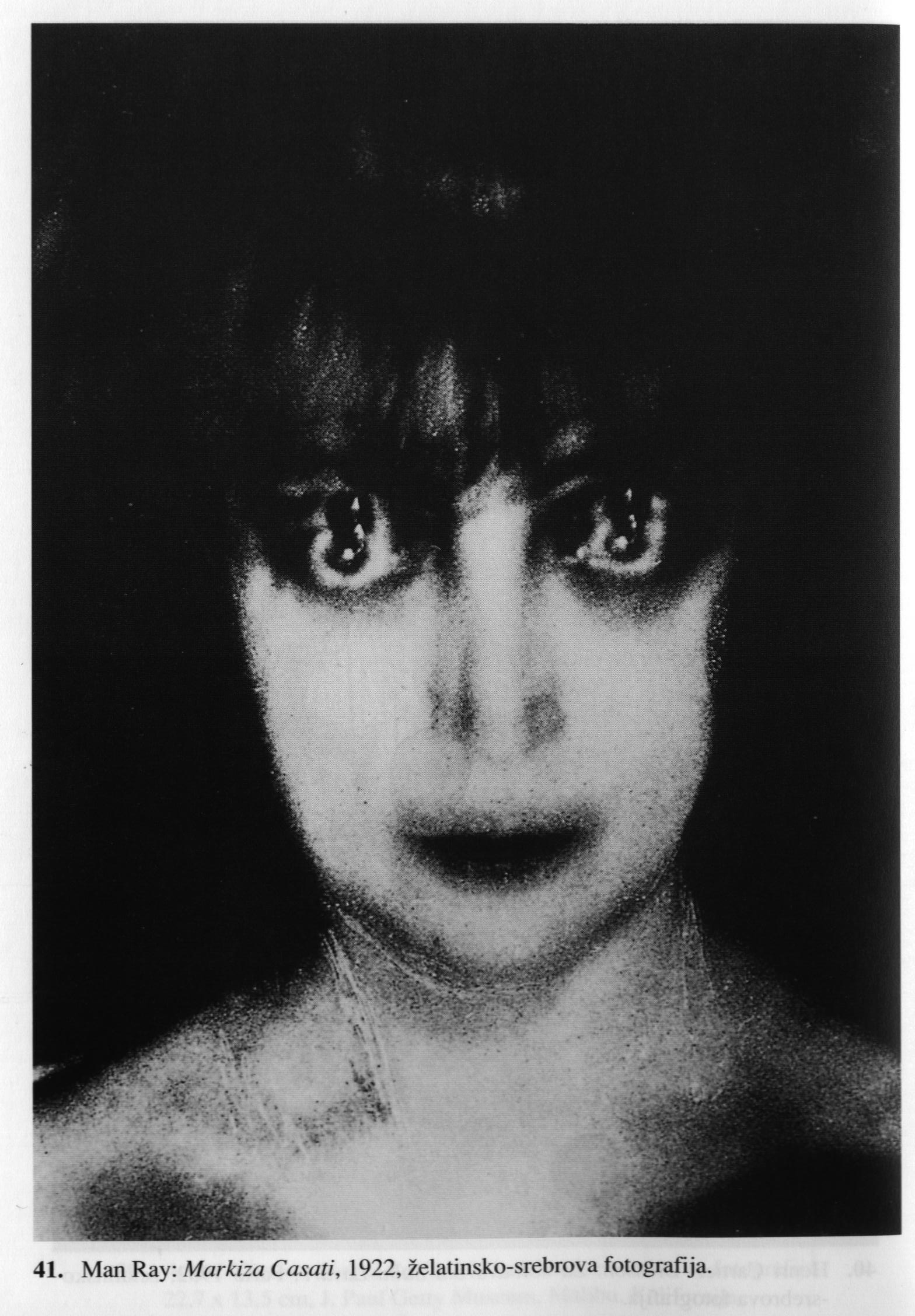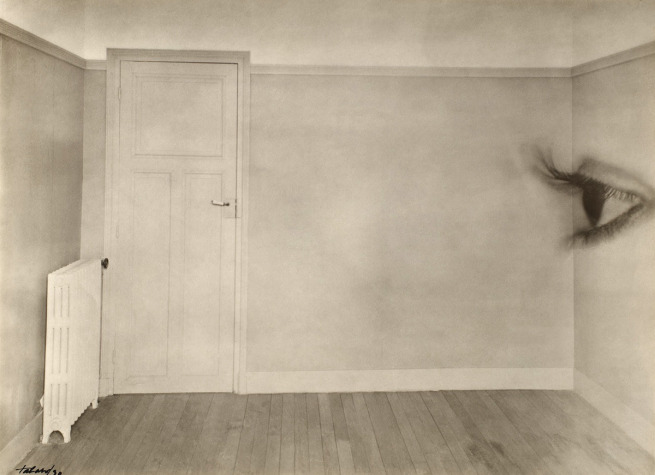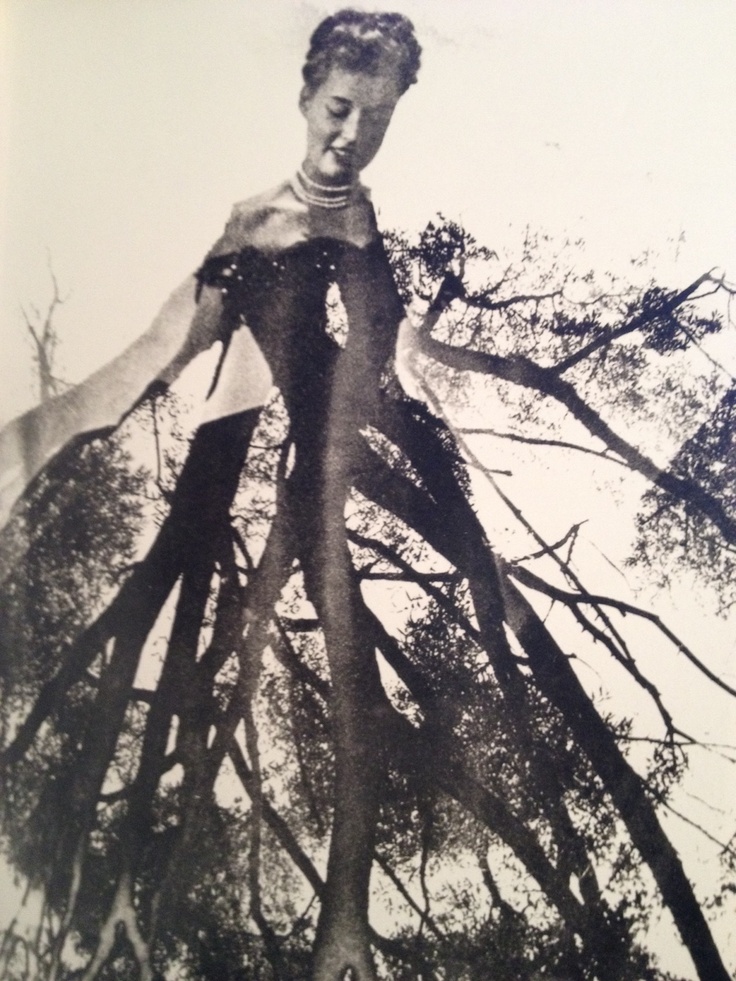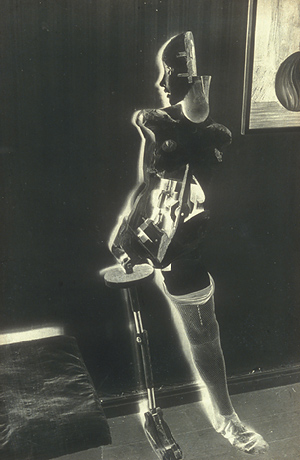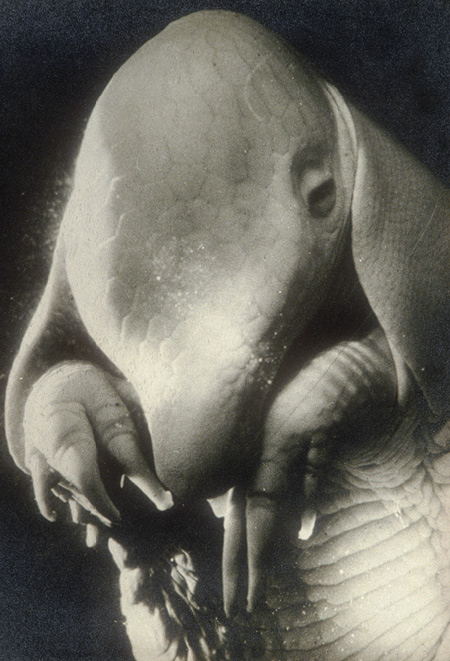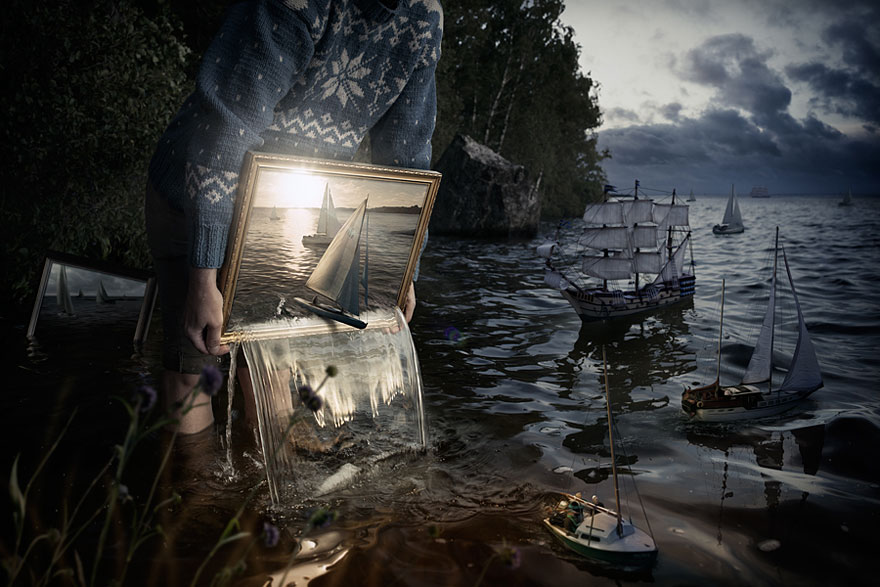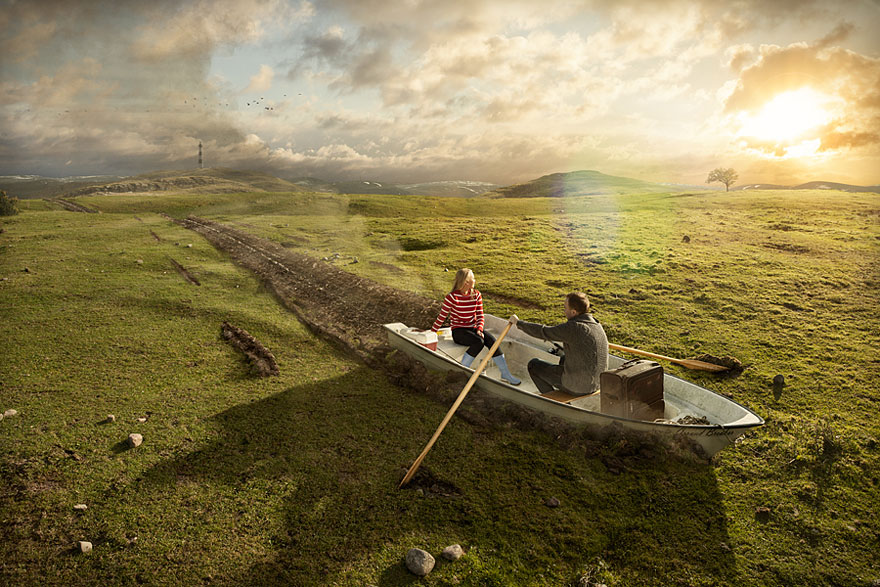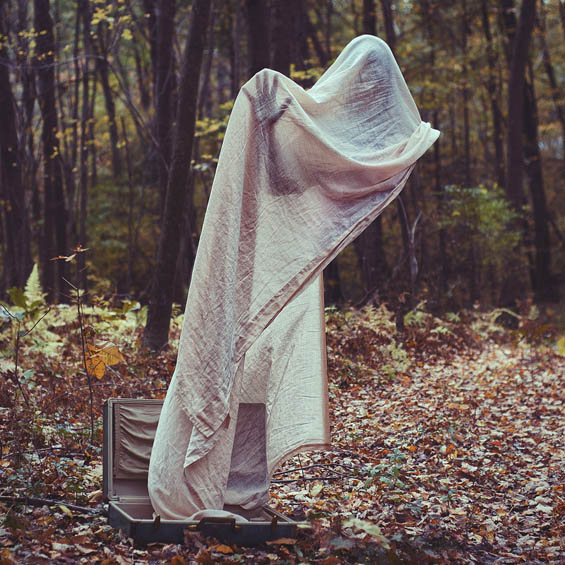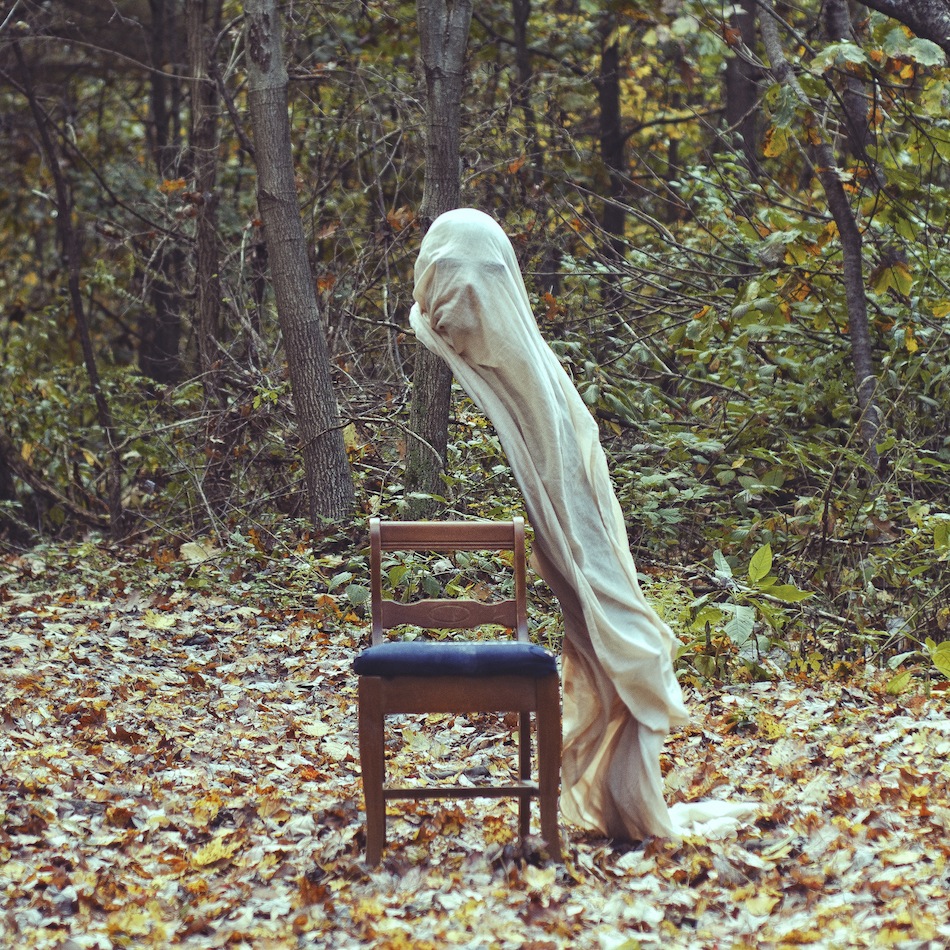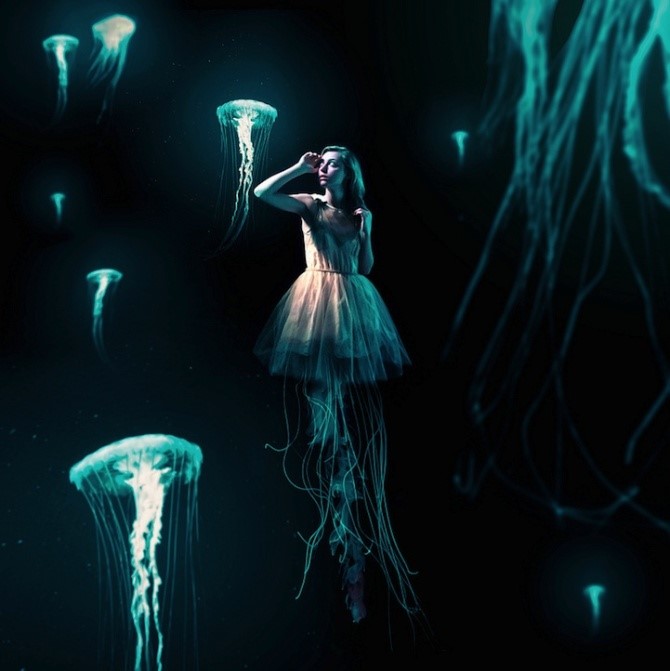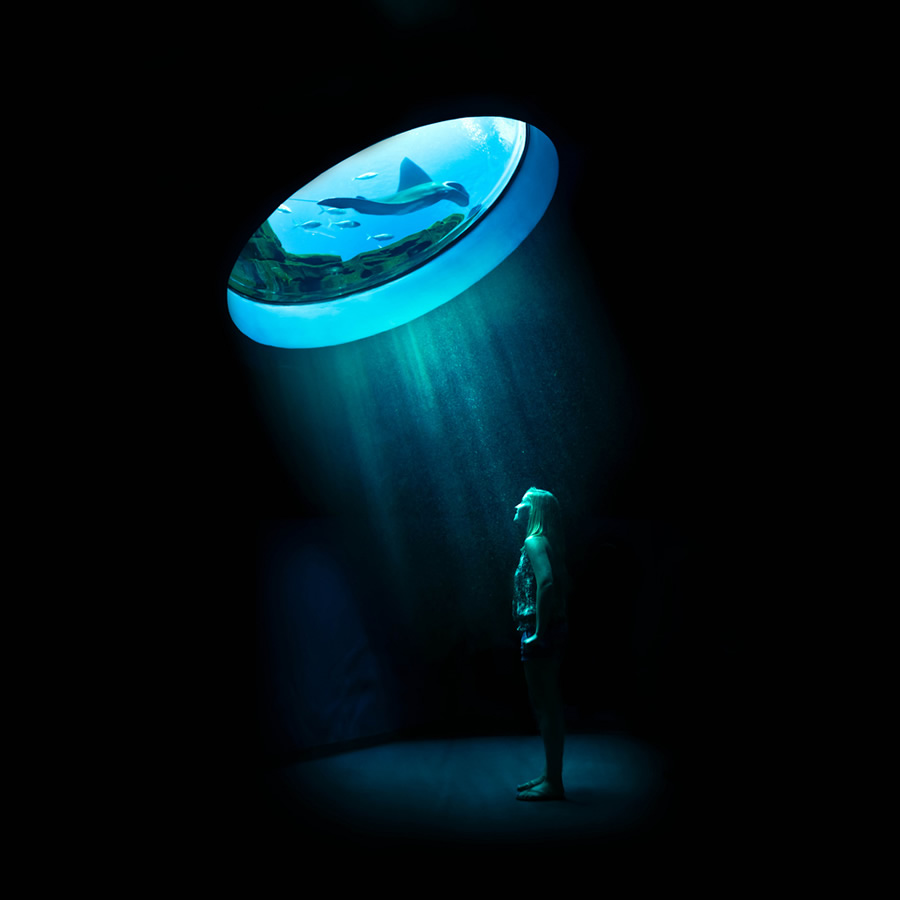Surrealist photography has come a long way. While Photoshop and other post-processing programs make it fairly easy to create surrealist photographs, back in the days of darkroom photography there were no computers to help you. All surrealist effects had to be either done in camera or in the darkroom – a feat that is not very easy to accomplish. From the famous Man Ray to the more recent Erik Johansson, it’s interesting to see where surrealist photography started and what it has morphed into throughout the years.
Man Ray
While Man Ray worked with a wide variety of mediums, he is most well-known for his surrealist photography and photograms (which he called rayographs). For those not familiar with photograms, they are photographic images made without a camera. You can create a photogram yourself by setting yourself up in a darkroom, placing objects on top of photo paper, and then exposing both the paper and the objects to light. Once you develop the photo paper, you’ll see that there are white shapes where the objects sat. Photograms are an easy way to get acquainted with surreal and abstract “photography” in the darkroom.
While Photoshop was not an option in Man Ray’s day (1890-1976), this didn’t stop him from creating some of the most influential surrealist photographs of all time. He used solarization, double exposures, montages, and combination printing to create works of art that left viewers scratching their heads.
Maurice Tabard
Maurice Tabard (1897-1984) is another notable surrealist photographer. Like Man Ray, he used the techniques of solarization, double exposures and montages to create eerie and unnerving photographic images. He began his work as a portrait, fashion and advertising photographer, while experimenting with surrealist images in his personal work. A room with an eye, a lady who seems to be turning into a tree, and ghostly solarized portraits are only a small portion of the surrealist work he created.
Hans Bellmer
Hans Bellmer (1902-1975), born in Germany, is most well known for his unsettling portraits of mechanical dolls that he created himself. He originally studied engineering and was incredibly interested in politics, yet gave that up to pursue a career as an artist. He had read about Surrealism and sent photographs of his dolls to other artists, who immediately praised his work. This spurred the collaboration with other artists and led to his work on a few more books, ranging from his own photography to experimental poetry to illustrations of erotic stories.
Dora Maar
Dora Maar (1907-1997) is best known for being one of Picasso’s lovers. Together, she and Picasso studied with Man Ray, which could be why Dora Maar became so interested in Surrealism. Her famous Portrait of Ubu became well-known within the Surrealist movement, being a photograph that many have speculated to be a armadillo fetus; Maar declined to let the public know exactly what the subject of the photograph was. This photograph is a good example of what Surrealist photography is when it doesn’t include the use of double exposures or solarization; the image itself is strange and unusual, and while it may be grotesque, continues to fascinate a wide audience.
Erik Johansson
Let’s fast forward to the modern day. Erik Johansson is a Swedish photographer and retoucher, born in 1985. He is lucky enough to be born in a day and age in which post-processing techniques are used widely throughout the photographic industry, and lucky enough to have an imagination that allows him to create beautiful surreal images. He began his career as an artist primarily through drawing; when he became interested in photography, his love of drawing as well as computers led to him experimenting with different post-processing techniques. Instead of simply being finished with a photograph once the moment was captured, this became a canvas on which to create surreal scenes that are crafted so beautifully that it’s almost hard to believe they aren’t real.
Christopher McKenney
While Erik Johansson creates beautiful, dreamy surrealist images, Christopher McKenney takes dreamy surrealism and puts a darker twist on it. His photographs often feature a human whose body is missing and face is covered; the face is either obscured by a sheet, covered with a paper bag on fire, or hidden behind a mirror (among many others). In these photographs, the entire body is often not seen. All of his images are post-processed to have eerie, de-saturated color tones, and are typically shot in the middle of the woods or on a back country road.
Stephen Criscolo
Stephen Criscolo is a 20-year-old self-taught photographer. While all of his images are heavily edited via Photoshop, he has had no formal photographic training. Instead of creating surrealist images within our own world, each of his images seems to be from an entirely fictional planet created within his own mind. Jellyfish and planets are both reoccurring themes in Criscolo’s work, along with images that tend to be monochromatic in color (primarily blue hues, primarily purple hues, etc).
What type of surrealist photography do you prefer? Are you drawn more towards the original, darkroom manipulations, or the wide variety of new options on Photoshop and other post-processing programs these days? While surrealist photography has certainly come a long way, it can be argued that Photoshop makes it almost too easy to create images that once were only able to be made by professionals in a darkroom setting. Even so, it can be hard to argue against the fact that both original and modern surrealist photography requires a lot of originality and creativity. Let us know your thoughts in the comments below.
Are you interested in seeing some of the projects you could work on at NYFA? Depending on your course path, projects can vary. Visit our classes and projects page to see what interests you!

